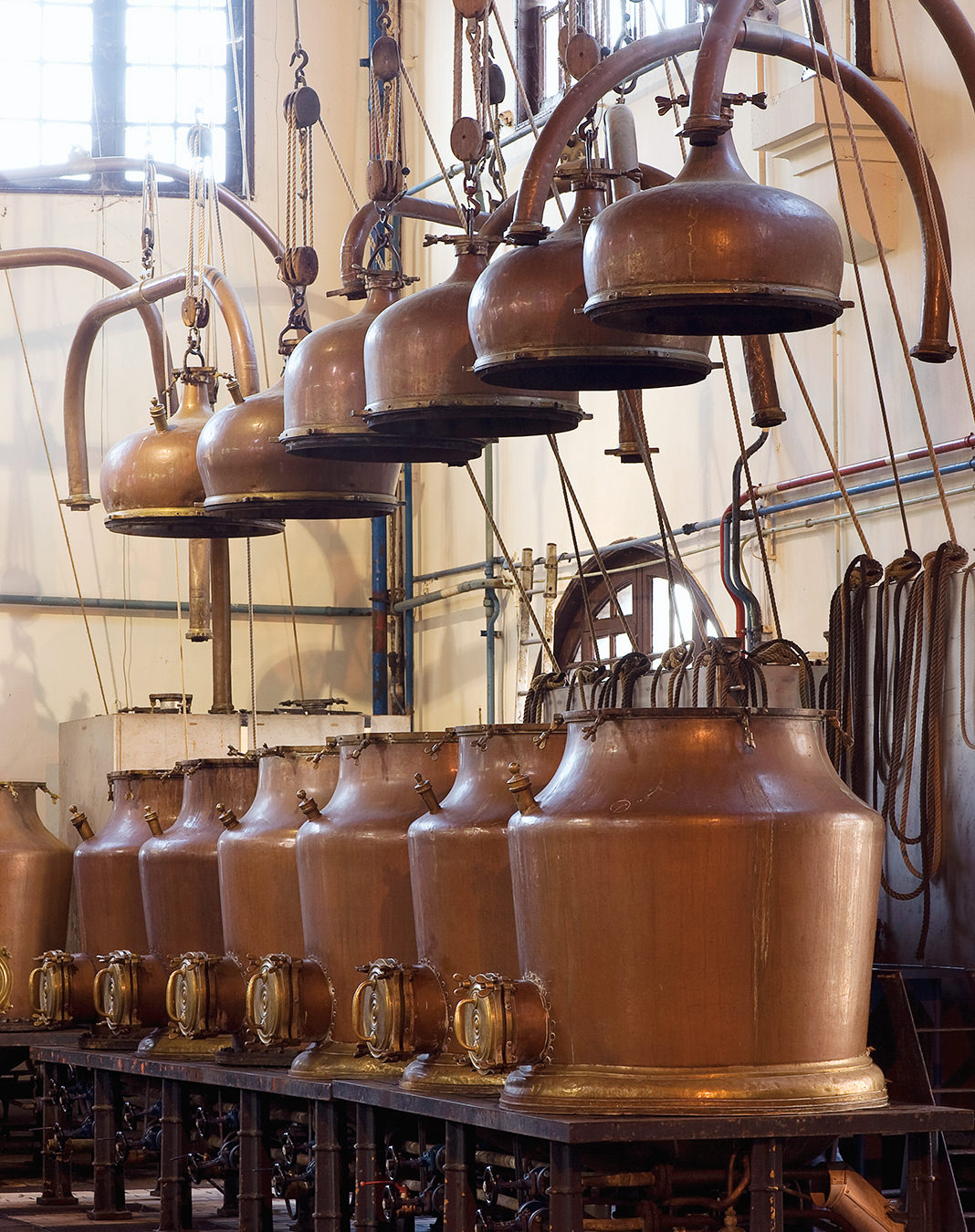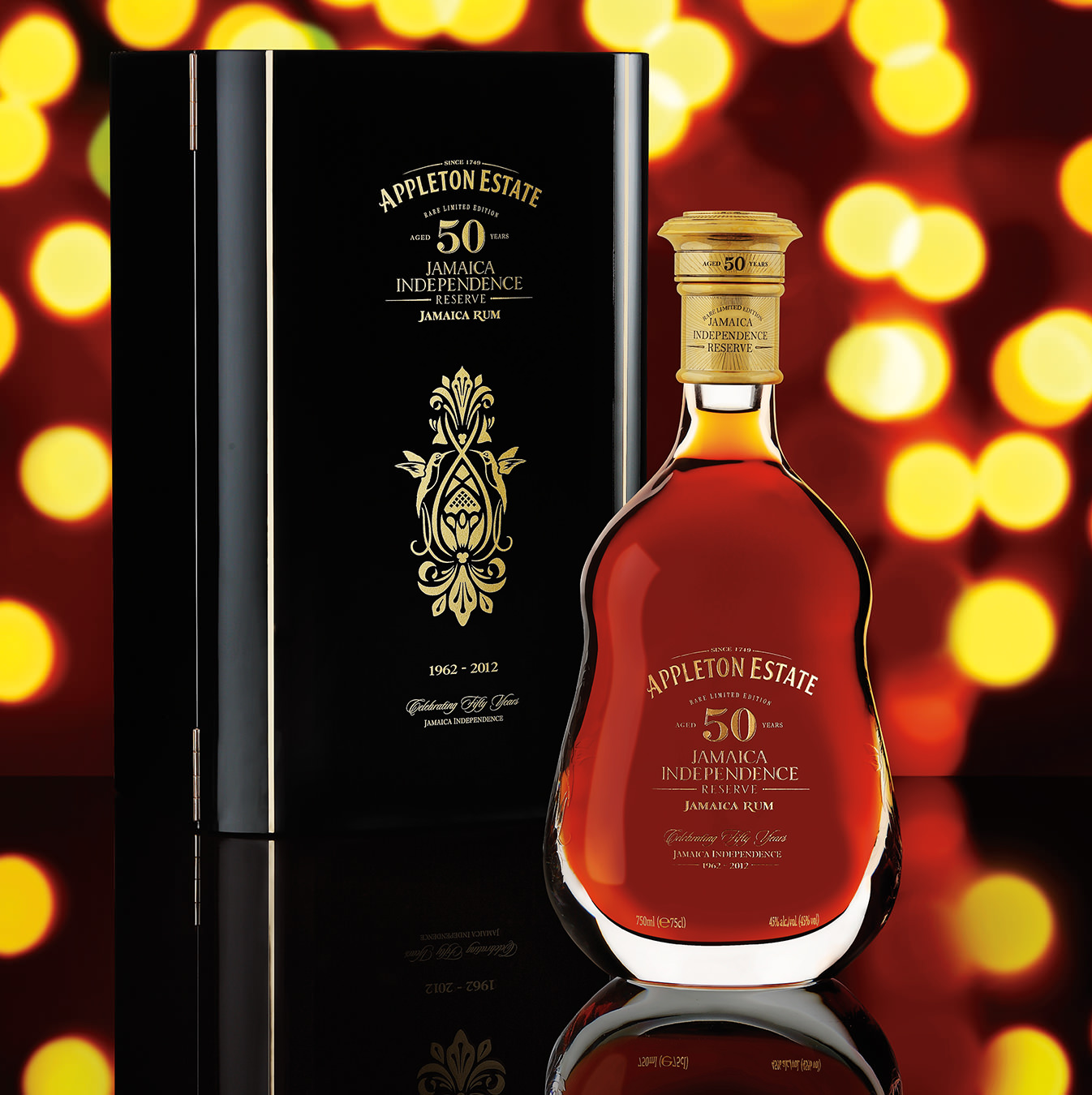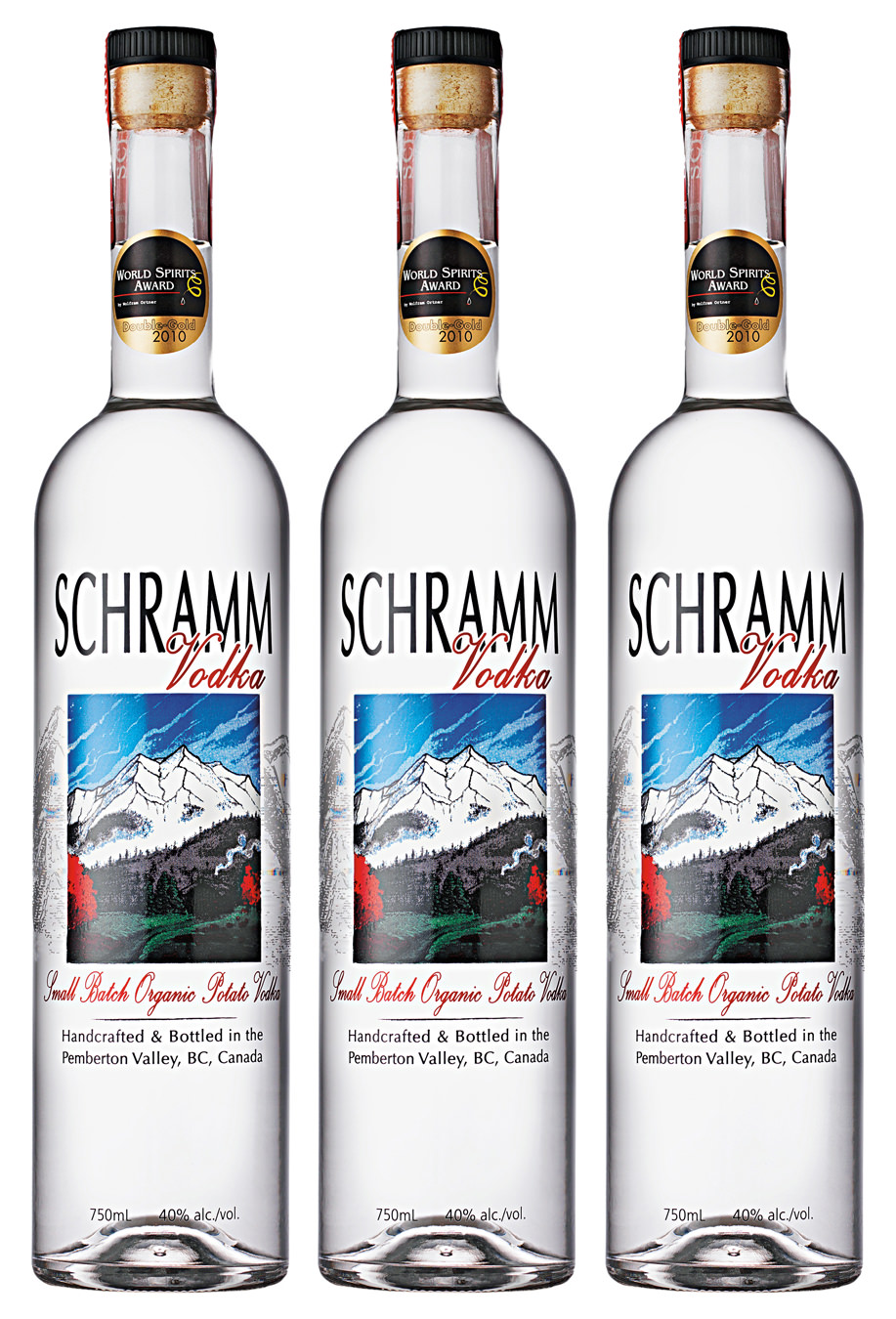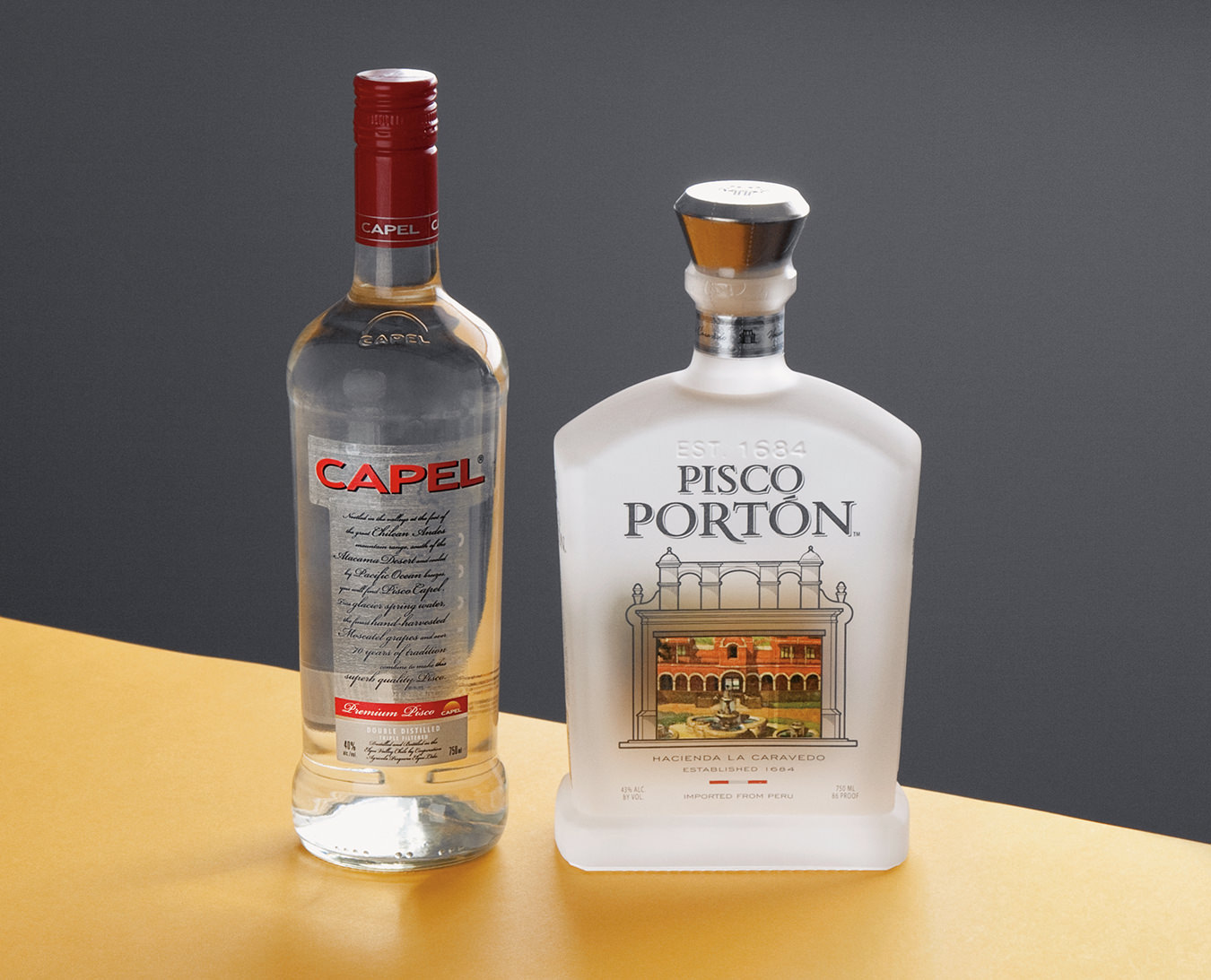Cachaça
The spirit of Brazil.
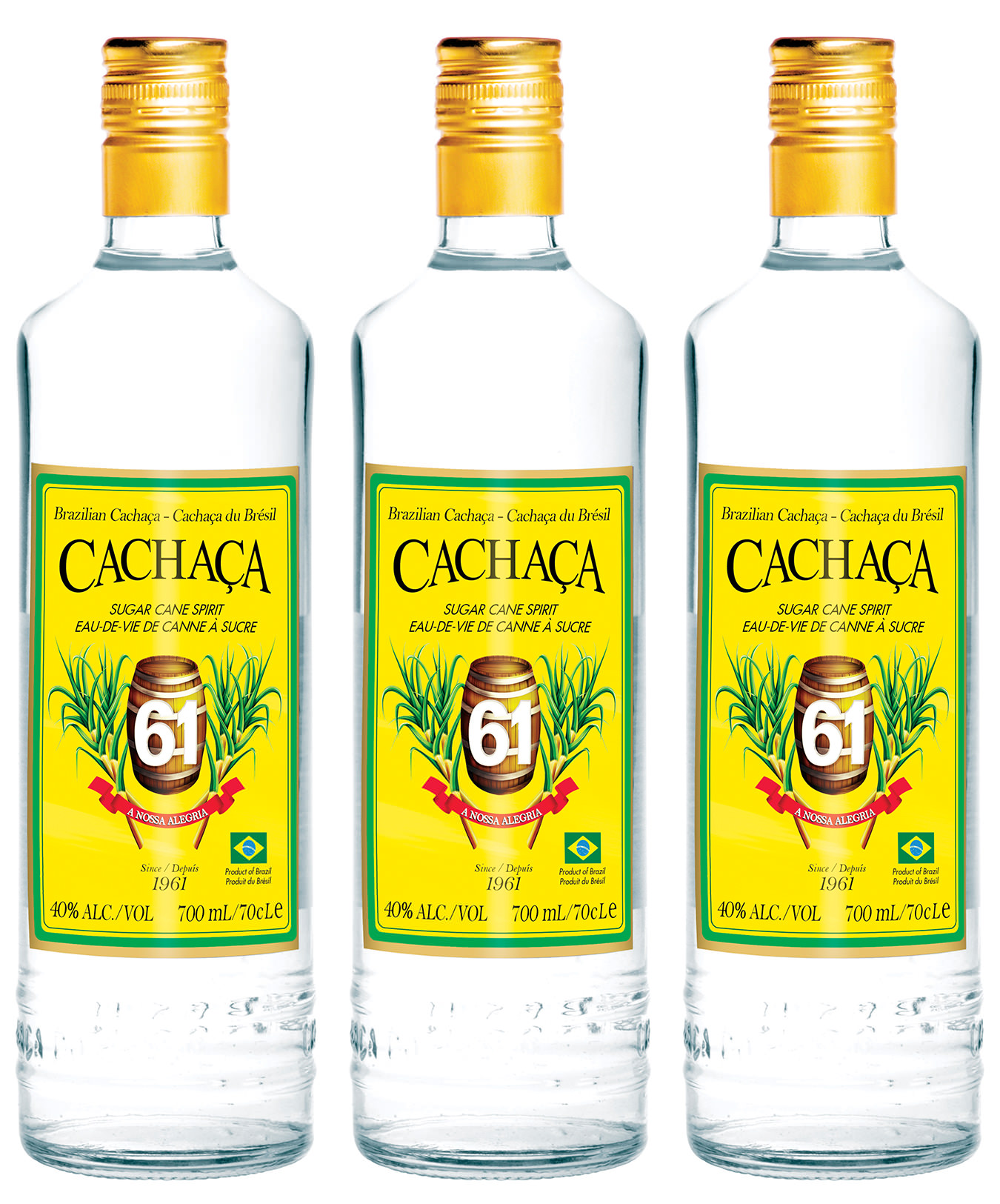
The formula is simple enough: limes, sugar, ice, and the main ingredient, cachaça—as little as you like, as much as you can handle. That’s the way to make Brazil’s national cocktail, the caipirinha, with Brazil’s national spirit. The bottle in my freezer, Cachaça 61, is one of the few cachaça brands readily available in Canada. Your instant pronunciation guide: ka-SHASS-ah for the spirit, kai-purr-REEN-yah for the cocktail.
Cachaça is a liquor made from distilled sugar cane juice. So is rum, of course, but rum is made from molasses while cachaça is made directly from the juice of the unrefined sugar cane, left to ferment in wooden vats, or sometimes copper ones. It’s then boiled down three times to a sticky concentrate, and distilled in such a way that the scent of sugar cane and the flavour of “raw” rum are maintained. Go ahead, unscrew the cap, pour a little in a shallow glass and take a sniff—yes sir, that’s definitely sugar cane.
Here, cachaça is just catching on. At home in Brazil? It flows like wine. Cachaça is, in fact, the third-most consumed liquor in the world. There are thousands of different brands of it available in Brazil, to the tune of just over a billion litres produced every year. They’ve got an awful lot of sugar cane down there.
Like all of the world’s best-selling spirits, cachaça is made from whatever is cheap and readily available; and again, like all of the world’s best-selling spirits—let’s not mince words here—it is meant to get you swacked, and fast.
The version we find in our stores here clocks in at a genteel 40 per cent alcohol, as is the case with most of the gins and vodkas. At home in cachaça country, it is often available at absinthe-like, mind-burning volumes—60, even 70 per cent. The export model is the quick-off-the-mark kind, but in Brazil you can taste wood-aged versions and other gourmet varieties, the idea being to sip and savour, as with high-end tequilas and the like.
As for making the caipirinha, you’ll need a long-handled spoon and a good sharp knife—perhaps a wooden muddler might be even better because you will need to mash the limes to a nice pulp. As with any cocktail, proportions are a thing for your own palate to determine, but the basic caipirinha goes more or less like this: get a good, plump, fresh lime with unblemished rind and cut it in half. Cut one of those halves into small pieces and put those in a sturdy glass or cocktail shaker. Add a teaspoon, more or less, of fine granulated sugar (or a liberal splash of simple syrup, made by boiling equal amounts of sugar and water and then cooling). Mush it all up with the spoon or muddler—lime pulp, rind, sugar, the lot, getting as much of the juice out as possible. Pour in an ounce and a half (all right, make it two) of cachaça and a handful of crushed ice. Shake for half a minute or stir it all around if it’s already in the glass you plan to serve it in, and garnish with a slice of lime on the rim. Have a second on standby. Think carefully about a third if there’s heavy-machinery operating ahead; like most cocktails made with clear spirits, these pack a punch.
Other good things to incorporate if you want to customize your caipirinha might be fresh mint leaves, a drop of bitters, or some soda to lighten the load. Most upscale bars will make one for you (the recipe can be found in many mix books), and I’ve found very tasty versions at various trendy restaurants in Toronto and Vancouver. A lot of the venues that cater to that elusive younger demographic have a handle on them because the word’s out.
I’ve had good comments on a mignonette for oysters incorporating the spirit: tomato juice, grape juice, mint leaves, grated horseradish and cachaça. Another is an appetizer that takes no time and inevitably prompts the question “What is that flavour in there?” from gobbling guests: prawns flamed with butter and some sea salt, lime and a little brown sugar plus a glug of the Brazilian spirit.
There are other cachaça cocktails: if you feel like face-planting the whole block, the Fulminator calls for a half-bottle of bourbon, one bottle of vodka, two bottles of tequila, seven litres of fresh orange juice, a dozen lemons, half a kilo of sugar and three bottles of cachaça. Just cut the lemons into wedges and mix everything in a well-lined wastebasket or baby bath. Of course you’ll also need a couple dozen glasses. And a few judiciously placed loungers.

